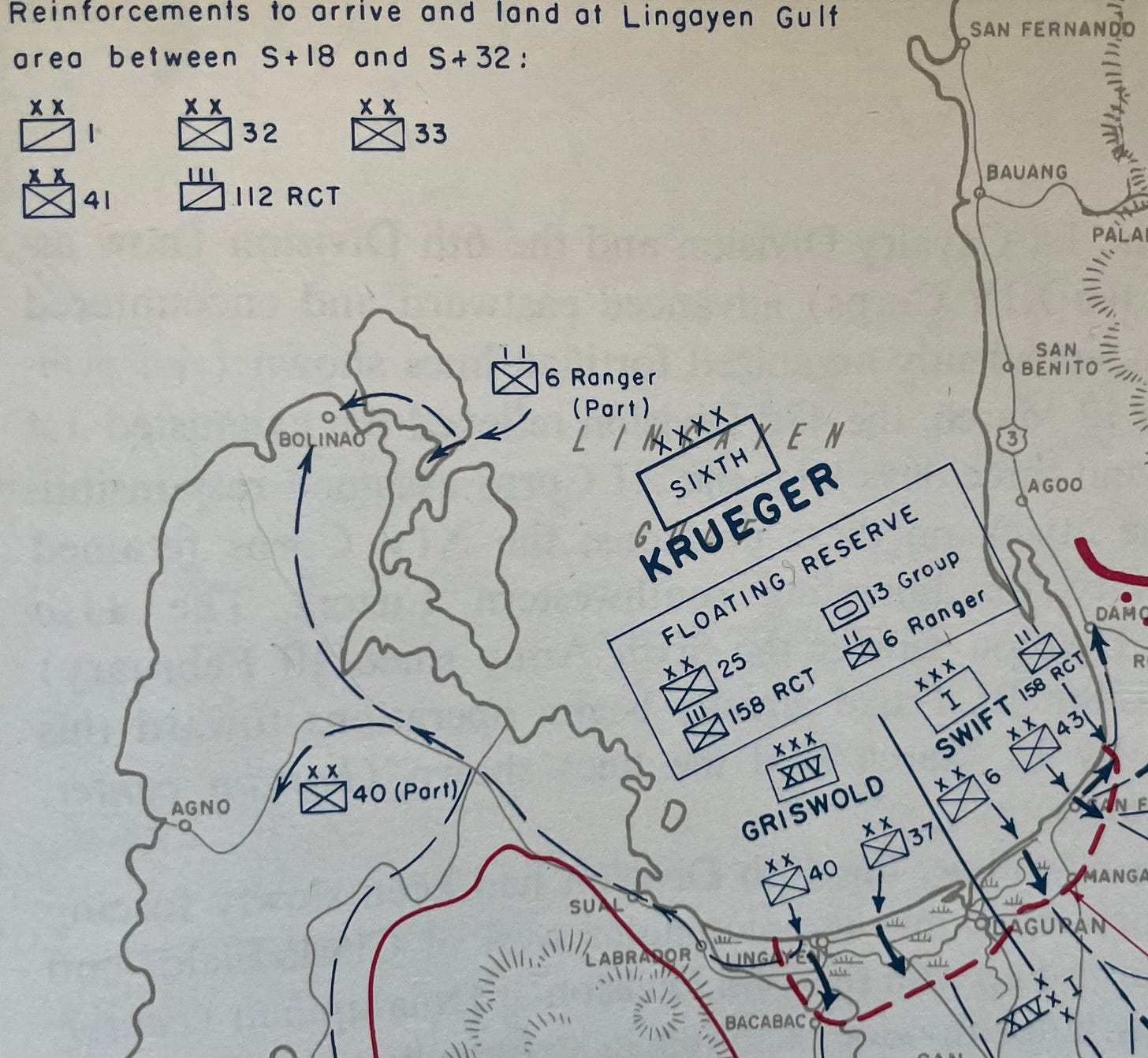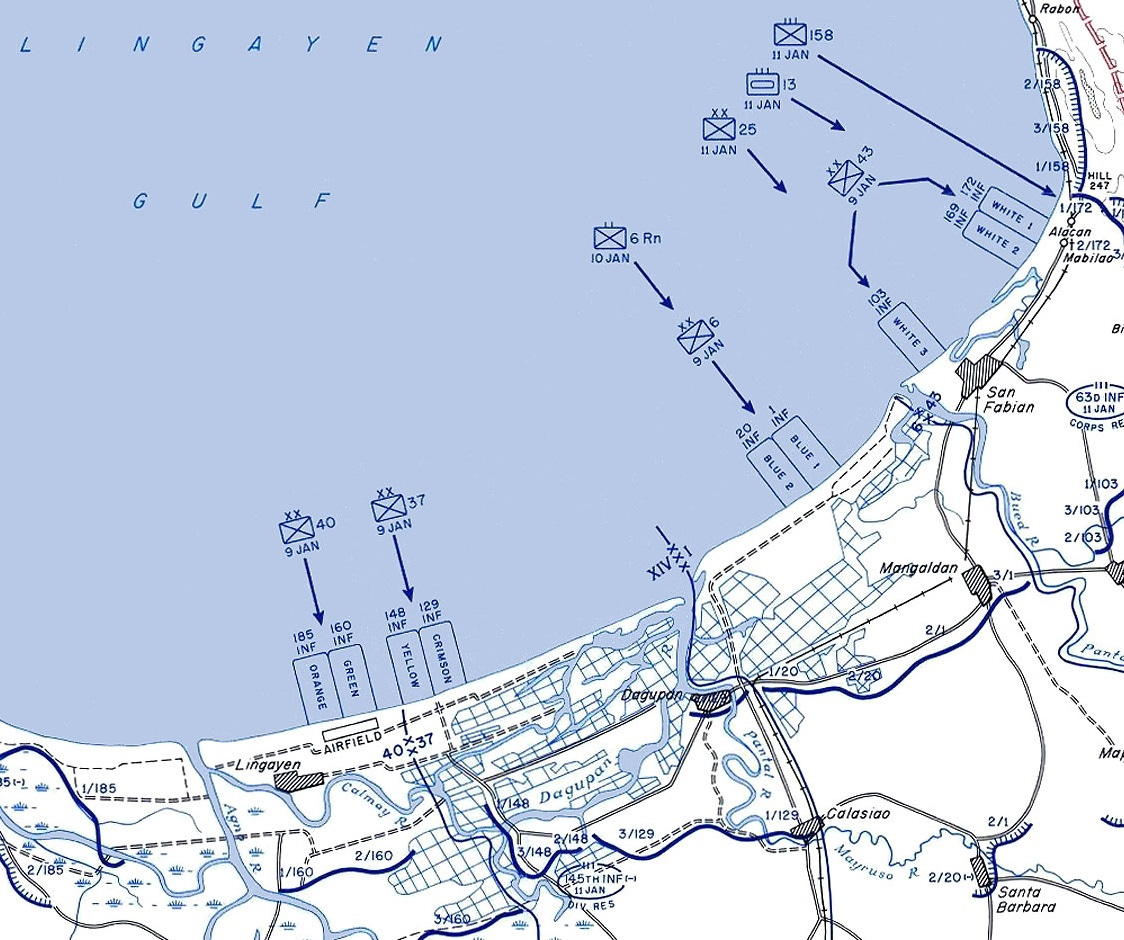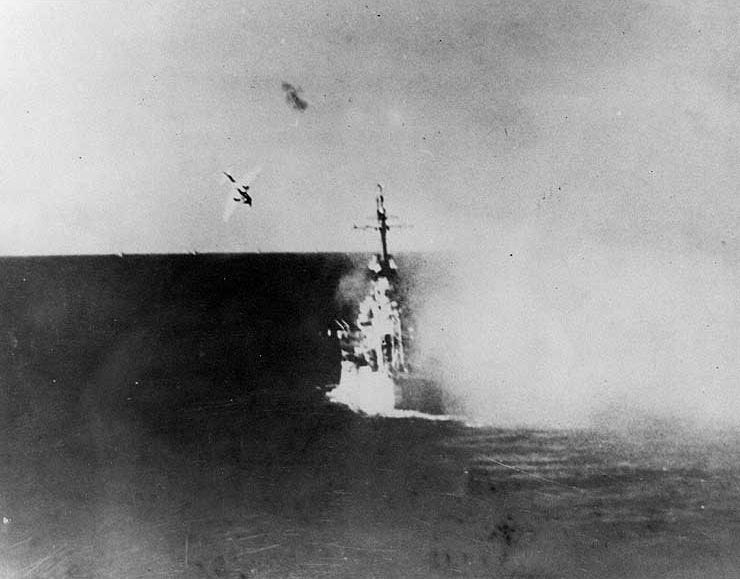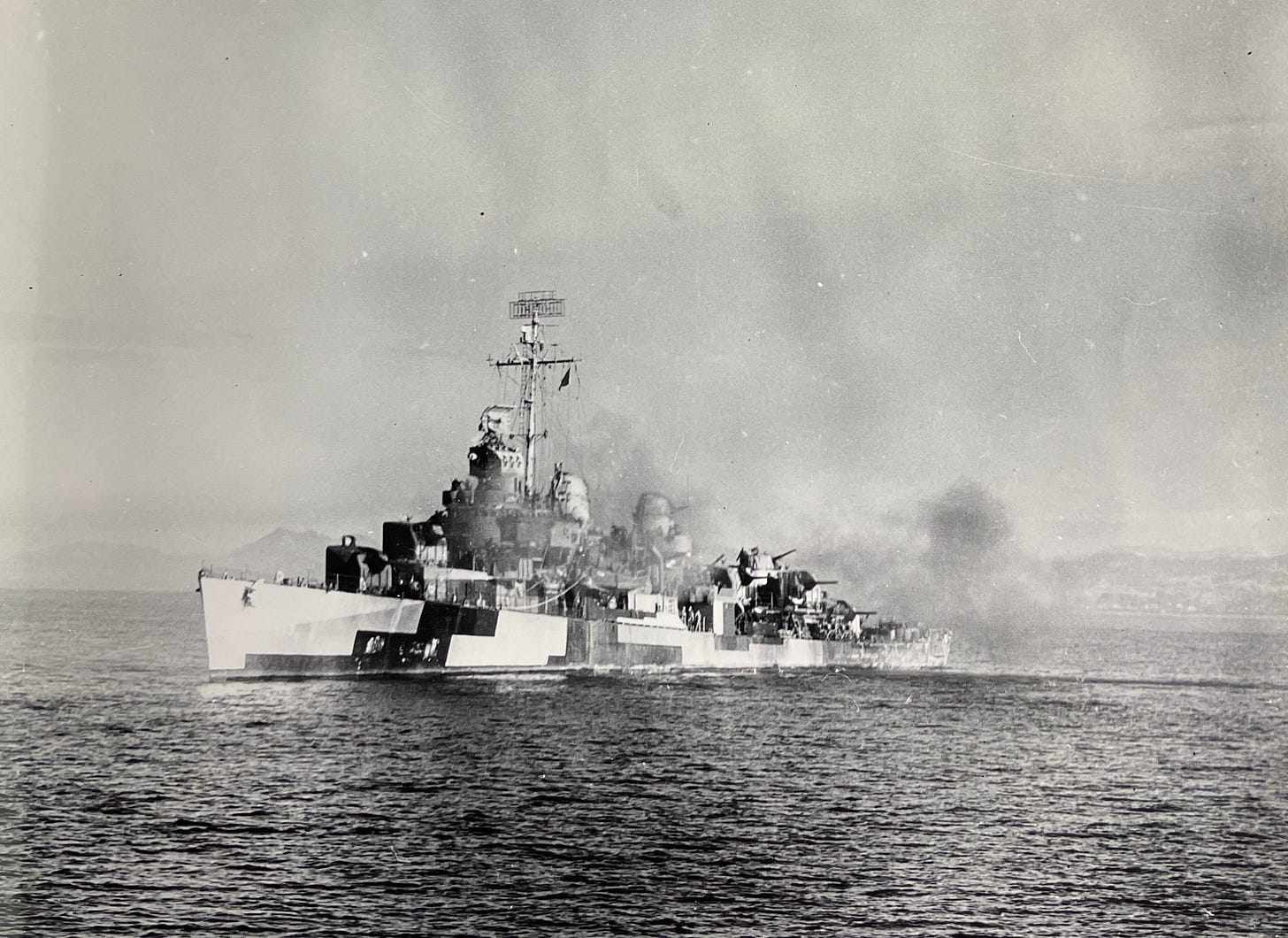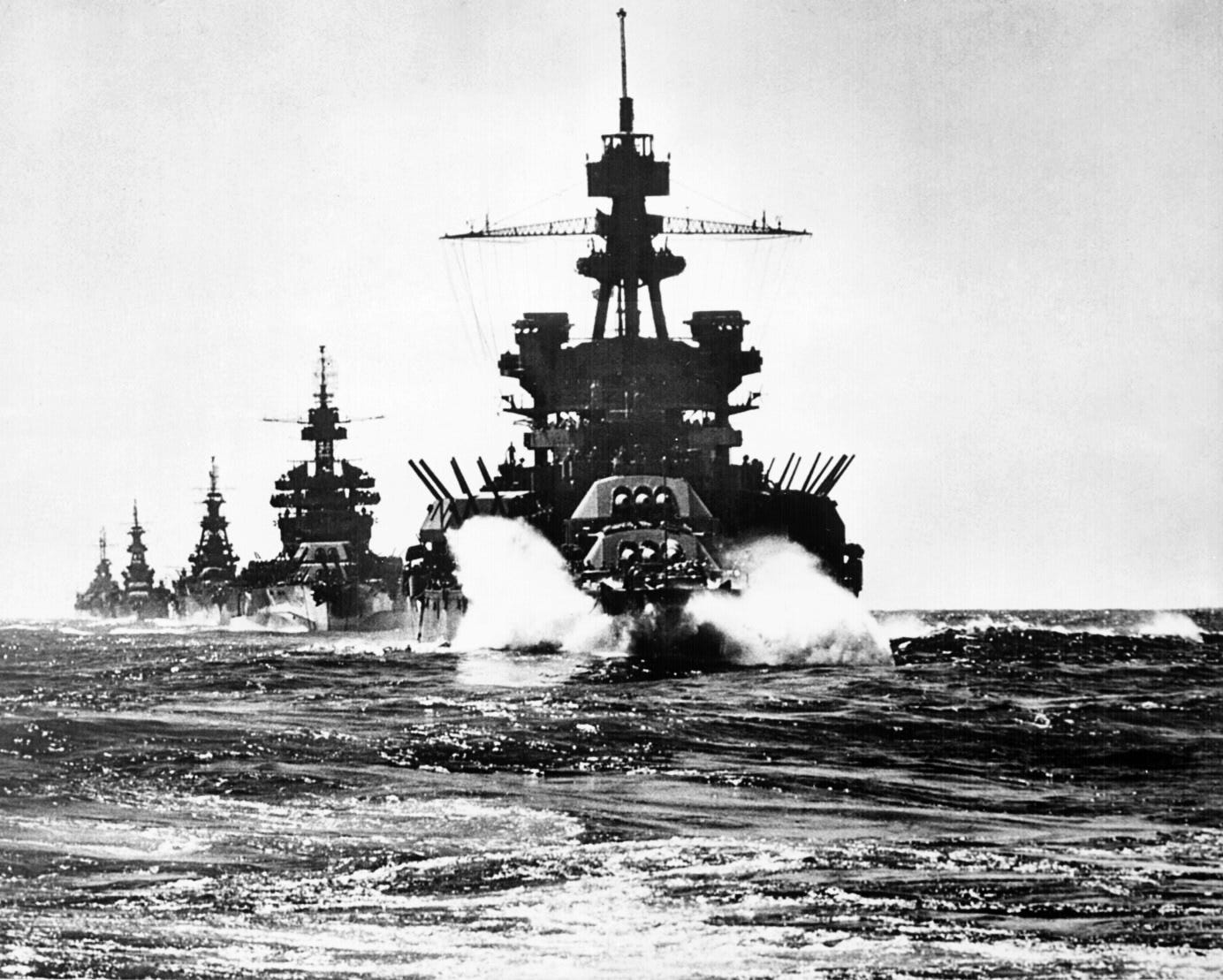
Lieutenant James Kim was one of more than 200,000 soldiers of the U.S. Army approaching the Philippine island of Luzon, in an armada of almost 900 ships of the U.S. Navy, on January 6, 1945. They were about to start the campaign to liberate Manila after three years of Japanese occupation. His unit, the 160th Infantry Regiment, part of the 40th Infantry Division, was about to experience combat for the first time.
The 40th Infantry Division would hit the beach in the first wave of the amphibious landings around Lingayen Gulf, the same place where Japanese forces had landed in December 1941 to begin their conquest of Manila. Four U.S. Army infantry divisions were going to land to establish a beachhead, then start the move inland. Five more divisions would follow them and drive forward to Manila, 110 miles to the south.
Units of the prewar National Guard made up most of the U.S. Army forces preparing for the liberation of Manila. Three of the four divisions in the first wave were National Guard units called up for federal service in 1940-41: the 40th Infantry, with units from California, Utah, Nevada, and New York; the 37th Infantry from Ohio; and the 43rd Infantry from Connecticut, Maine, Rhode Island, and Vermont. Three of the five divisions following them were also from the National Guard: the 32nd Infantry from Wisconsin and Michigan; the 33rd Infantry from Illinois; and the 41st Infantry from Oregon, Washington, Montana, Idaho, and Wyoming.
The 40th Infantry Division was to land on the westernmost invasion beaches near the town of Lingayen, with the 160th Infantry Regiment on the division’s left at Green Beach. The 160th Infantry would then move directly south to open the route leading inland from the invasion beaches. The other regiment in the first wave, the 185th Infantry from California, would move west to protect the right flank of the beachhead. The division’s floating reserve, the 108th Infantry from New York, would follow the two California National Guard infantry regiments ashore.
As the U.S. fleet approached Luzon, hostile aircraft appeared in the skies. They were from the Divine Wind Special Attack Units—the kamikazes. Kamikazes attacks had begun a few months earlier during the naval battles around the Philippines that culminated in the Battle of Leyte Gulf, and with the battle for Manila approaching, they came out in force. Starting on January 3, dozens of Japanese aircraft appeared each day and dived from the skies toward the fleet’s vessels, their pilots willing to kill themselves for the chance to take an American ship with them.
The 200,000 soldiers on board the fleet’s transport ships could only watch as the kamikazes attacked the Navy’s warships escorting them through the gauntlet of human guided missiles. By the end of the battle, the kamikazes sank an escort carrier and three destroyers and damaged three battleships and 40 more ships, killing and wounding more than 2,000 sailors.

While the kamikazes rained down from the sky, the U.S. fleet began a devastating attack of its own on January 6. The big guns of six battleships, six cruisers, and destroyers began firing their massive shells at suspected Japanese shore defenses around Lingayen Gulf. Carrier aircraft joined the bombardment, flying over the island to bomb targets farther inland. The rain of steel and high explosives continued all day, then the next day, then the next. More than 16,000 shells and almost 800 air sorties hammered the shore of Lingayen Gulf and its approaches during those three days.
As the shells and bombers roared overhead, the hour for the amphibious landings to begin drew closer. Minesweepers carefully cleared Japanese sea mines from the waters approaching the landing beaches. The soldiers waiting to land on those beaches could only wait anxiously and try to sleep at night as the ships’ guns blasted away and as the kamikazes appeared to threaten them with death from above.
Just after midnight in the morning of January 9, the order to wake up and prepare to board the landing craft blared out of the loudspeakers in the troop transports of the 40th Infantry Division. The moment that they had been waiting for had finally come.
This series previews my upcoming book Victory in Shanghai: A Korean American Family’s Journey to the CIA and the Army Special Forces, whose publication is expected by June 1, 2025. You can pre-order it now through Potomac Books, an imprint of the University of Nebraska Press, at this link, or through your favorite local independent bookseller.
Subscription to this series is free.
If you know anyone who may be interested in this series, please share it with them.




